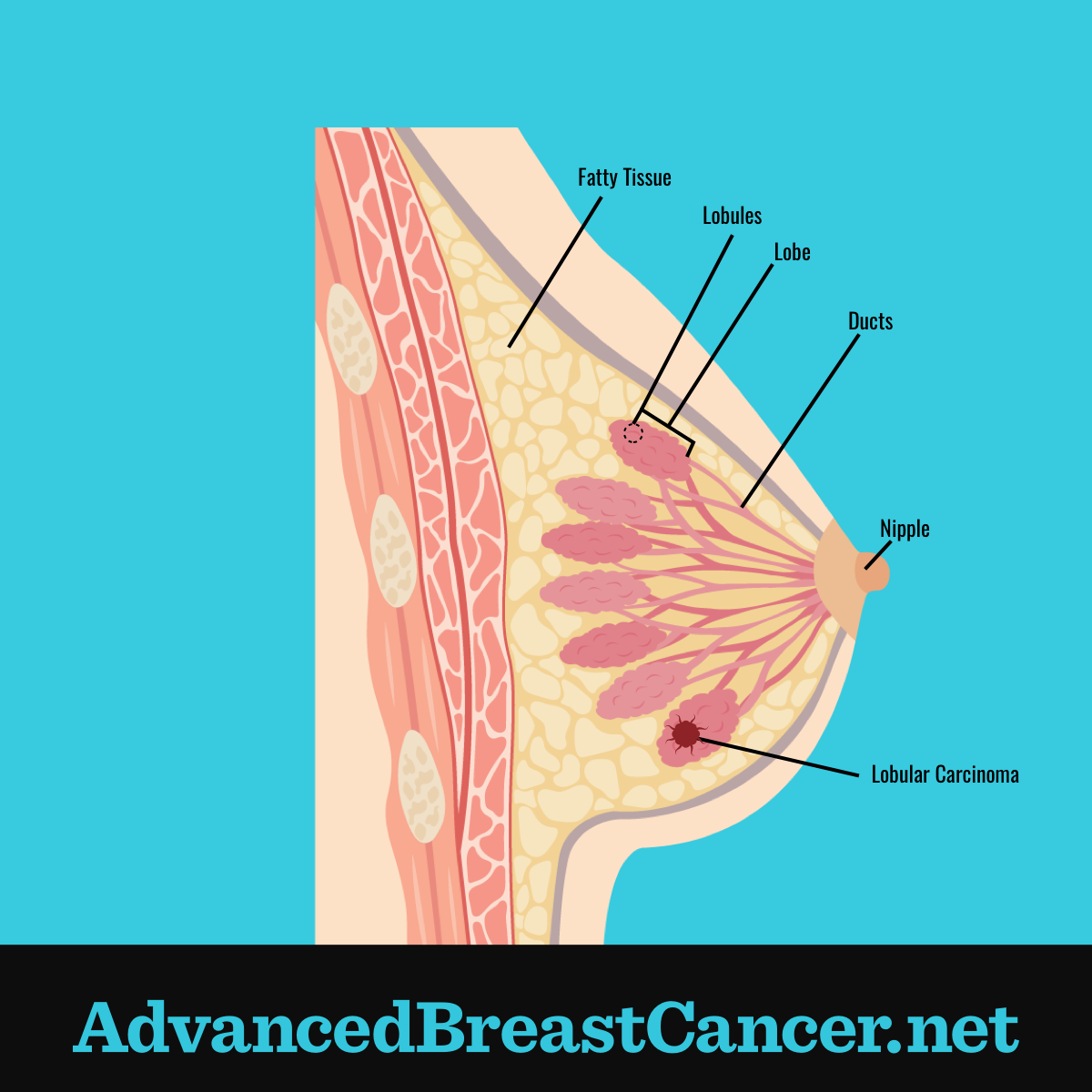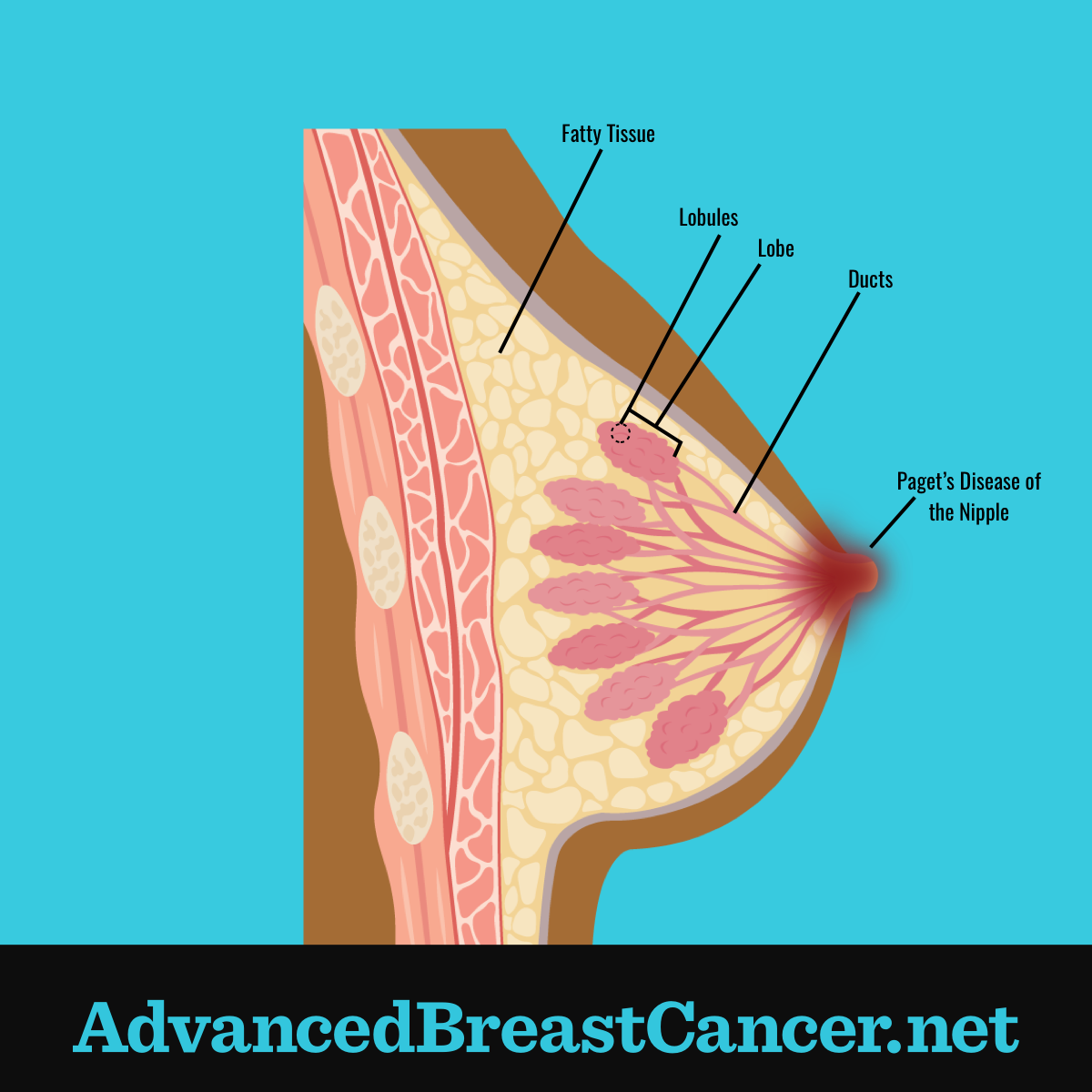What Are the Different Types of Breast Cancer?
Reviewed by: HU Medical Review Board | Last reviewed: December 2018. | Last updated: May 2020
The type of breast cancer can refer to the cells they originate from as well as other characteristics, like whether they have receptors for substances like hormones or growth factors. Most breast cancers are considered carcinomas. Carcinomas form in the epithelial cells that line structures like the milk ducts and milk glands (lobules). The majority of all breast cancers are carcinomas.1,2
Understanding the type of breast cancer is important for treatment options. The type of breast cancer is determined through a pathology report, which is a microscopic examination done on a biopsy sample or a surgical removal of the tumor.3 In some cases, a person can have a breast cancer that contains a mix of types.1
Ductal carcinoma
Ductal carcinoma is breast cancer that begins from the cells that form the milk ducts in the breast (the milk ducts create a passageway from the milk glands, or lobules, to the nipple). Most breast cancers originate from ductal cells.1,4
One early form of breast cancer (sometimes called pre-invasive cancer) is ductal carcinoma in situ (DCIS). These cancers have not yet gone beyond the duct itself and are considered non-invasive, but if not treated, they may progress to invasive cancer. More common is invasive ductal carcinoma, which makes up approximately 50-75% of all breast cancers. Invasive ductal carcinoma has invaded the surrounding tissue, and it may or may not have also spread to nearby lymph nodes or other organs in the body.4,5
Figure 1. Ductal carcinoma
Lobular carcinoma
Lobular carcinoma begins in the cells that form the glands that produce breast milk. Approximately 5-15% of all breast cancers are invasive lobular carcinomas.5 Lobular carcinoma is more likely to occur in both breasts in comparison to other types of invasive breast carcinoma.1,4
A non-cancerous condition that refers to changes in the cell structure is lobular carcinoma in situ (LCIS), also called lobular neoplasia. While LCIS does not invade the surrounding tissue, it is a risk factor for developing invasive cancer in either breast in the future.1,6
Figure 2. Lobular carcinoma
Inflammatory breast cancer
Inflammatory breast cancer is a rare type of breast cancer that may not form a tumor that can be felt but causes the breast to look inflamed: red, warm, and swollen. Only 1-5% of all breast cancers are inflammatory breast cancer. Inflammatory breast cancer may not form a tumor, but the cancerous cells block the lymph vessels, causing the symptoms of swelling and redness. It tends to be more aggressive and when it is diagnosed, it is considered a locally advanced breast cancer (at least Stage III). In approximately 1 of every 3 cases, inflammatory breast cancer has spread, or metastasized, to other parts of the body when it is diagnosed.1,7
Figure 3. Inflammatory breast cancer
Other rare types of breast cancer
- Breast sarcomas - Breast sarcomas make up less than 1% of all breast cancers, and they develop in the connective tissue of the breast. Angiosarcomas are a subtype of sarcomas that occur in the cells that line the blood vessels or lymph vessels.1,3
- Paget disease of the nipple - Paget disease of the nipple is rare (occurring in about 1-3% of all breast cancer cases) and develops in the ducts and spreads to the nipple and areola (the pigmented area around the nipple).1
- Phyllodes tumor – Phyllodes tumors develop in the connective tissue. Many are not cancerous (benign), although some can be cancerous.1
Sometimes, other cancers may occur in the breast (but are not breast cancers), such as lymphomas (a type of blood cancer that is found in the lymphatic system).
Figure 4. Paget's disease of the nipple
Hormone receptor positive or hormone receptor negative
When a breast cancer cell uses hormones to grow and divide, the cancer cells have receptors on their surface in which the hormones attach and can accelerate the growth of cancer. These cancers are called hormone receptor positive. If the tumor has receptors for the hormone estrogen, it is called estrogen receptor positive (ER+). If the tumor has receptors for progesterone, it is called progesterone receptor positive (PR+). If a breast cancer is hormone receptor-positive, hormone therapies may be an option for treatment. Tumors that do not have receptors for hormones are called hormone receptor negative, estrogen receptor negative (ER-), and/or progesterone receptor negative (PR-).3
HER2 positive or HER2 negative
Some breast cancers have a surplus of receptors, known as human epidermal growth factor receptor 2 (HER2). The gene that makes the HER2 protein is called HER2/neu. Genetic mutations that occur in this gene can cause a surplus of receptors for the protein. Tumors can be classified as HER2+ or HER2-, and these characteristics are important for determining treatment approaches.3
Triple negative
Triple-negative breast cancers are ER-, PR-, and HER2-. These cancer cells do not have receptors for any of these substances. Approximately 10-15% of breast cancers are characterized as triple negative. While triple negative breast cancers are not fueled by these hormones, they can be more challenging to treat as they don’t respond to the drugs that target these receptors.3



